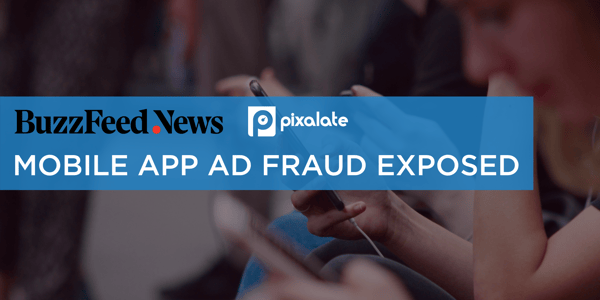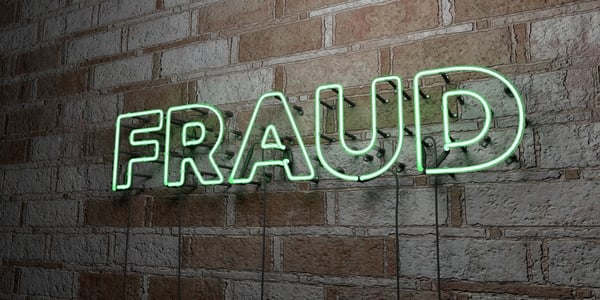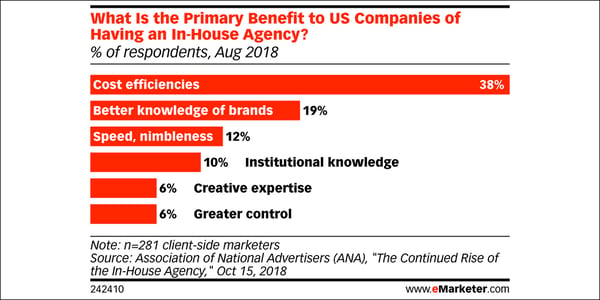
This week's review of ad fraud and quality in the digital advertising space.

BuzzFeed News has investigated, expanded, and possibly identified a ring of bad actors related to Pixalate’s MegaCast mobile app laundering discovery. Their extensive investigation demonstrates a clear example of the sophisticated ends taken by companies intent on fraudulently profiting from mobile app advertising. The apparent scheme, involving app acquisitions by shell companies, fake emails and websites, and advanced malware, underscores the risky nature of the mobile in-app advertising landscape.
Want more information about the apparent massive mobile app ad fraud scheme Pixalate and BuzzFeed News unearthed? Here are just a few of the pieces you can read for new angles and insights:

Pixalate added new details to the alleged mobile app ad fraud scheme uncovered by Pixalate and BuzzFeed News in a recent blog post. Through ongoing research, Pixalate has discovered that over 11 million individual devices were potentially impacted by the alleged MegaCast ad fraud scheme, adding risk not only to the reputation of the brands involved but also to the consumer devices themselves.
The total number of devices with any of the suspicious apps exploded in Q4 2017, potentially to exploit holiday budgets. The number of impacted devices rose 53% from Q3 to Q4 2017, leveling off above 11 million during the first half of 2017. Learn more.

Adding new insight to BuzzFeed News' expose on mobile app ad fraud, MediaPost writes: "The investigation, spurred on by a blog post in June from the fraud intelligence firm Pixalate, says that Disney, Hulu and Volvo were among the advertisers that lost money to the fraud."
“This is one of the largest apparent mobile app ad fraud schemes exposed to date,” Amy King, vice president, product marketing at Pixalate, told MediaPost's Digital News Daily. “Given the opportunities available to fraudsters to steal ad dollars, this apparent scheme is unlikely to be a solo instance,” King says. “We will continue to monitor the app ecosystem for signs of similar attacks.”

"The U.S. and U.K. are working together to tackle ad fraud, a huge problem for brands that has meant they are potentially wasting billions of dollars online," reported CNBC. "[T]he U.S.'s Trustworthy Accountability Group (TAG) and the U.K.'s Joint Industry Committee for Web Standards (JICWEBS), announced an initiative on Tuesday, where approved companies in the U.K. will be able to use a "Certified Against Fraud" stamp from January 1, 2019. The program has been in use in the U.S. since 2016."

"For brand marketers, there are several advantages to bringing advertising responsibilities in-house, but one benefit rises above the rest ... about four in 10 respondents said that cost efficiencies were the primary benefit of having an in-house agency," reported eMarketer, citing a recent Association of National Advertisers survey of US client-side marketers.
Sign up for our blog to stay updated with new stats, trends, and analysis of digital ad fraud.
*By entering your email address and clicking Subscribe, you are agreeing to our Terms of Use and Privacy Policy.
These Stories on Weekly Recaps
*By entering your email address and clicking Subscribe, you are agreeing to our Terms of Use and Privacy Policy.

Disclaimer: The content of this page reflects Pixalate’s opinions with respect to the factors that Pixalate believes can be useful to the digital media industry. Any proprietary data shared is grounded in Pixalate’s proprietary technology and analytics, which Pixalate is continuously evaluating and updating. Any references to outside sources should not be construed as endorsements. Pixalate’s opinions are just that - opinion, not facts or guarantees.
Per the MRC, “'Fraud' is not intended to represent fraud as defined in various laws, statutes and ordinances or as conventionally used in U.S. Court or other legal proceedings, but rather a custom definition strictly for advertising measurement purposes. Also per the MRC, “‘Invalid Traffic’ is defined generally as traffic that does not meet certain ad serving quality or completeness criteria, or otherwise does not represent legitimate ad traffic that should be included in measurement counts. Among the reasons why ad traffic may be deemed invalid is it is a result of non-human traffic (spiders, bots, etc.), or activity designed to produce fraudulent traffic.”

